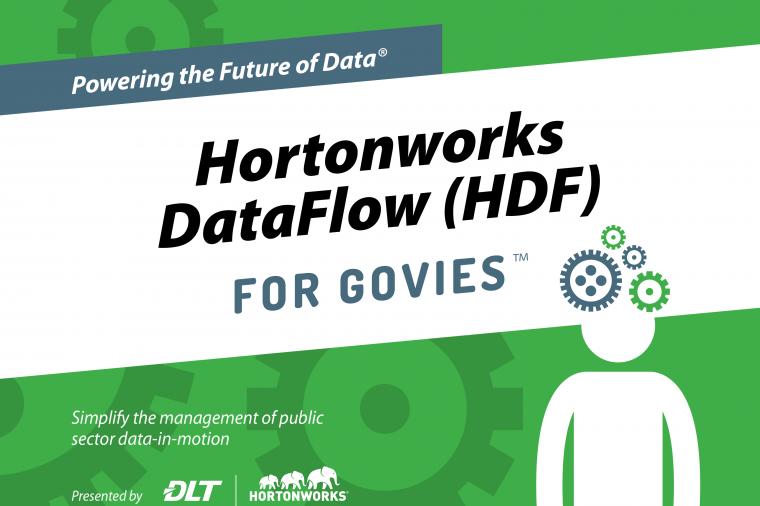IT Perspective
This week we sat down with DLT Senior Director of Program Management, Steve Wells, to discuss how DLT's contract expertise can be beneficial to its technology company clients and public sector customers, particularly as we approach the end of the Federal Fiscal Year. We also discussed Steve's military career, of which he just celebrated a major milestone.
Interviewer: Hi Steve, thanks for sitting down with us today. To start, why don’t you tell us a little bit about what you do at DLT.
IT Perspective
An irony of late appropriations – as the federal government experienced for the umpteenth time in fiscal 2018 – is that rather than rush to spend, your federal customers are actually spending at rates below what they’re authorized to spend. That makes it harder to maximize the year-end spending blitz.
It takes some doing, but if you’ve got the fortitude to plow through reports from the Bureau of the Fiscal Services and the Congressional Budget Office (CBO), it’s possible to discern that agencies simply might not have the time and manpower to execute on every program.
Data & Storage
Any federal IT pro can tell you that analyzing log files is something they’ve been doing for years. That said, as applications get more complex, performance becomes more important and security issues increase. Log analytics are fast becoming a critical component of an agency’s monitoring and management infrastructure.
Data & Storage
So much data, so little time. Disparate sources such as sensors, machines, geo-location devices, social feeds, server and security system logs, and more, are generating terabytes of data at unfathomable speeds. Getting any kind of real-time insight and, we dare you to dream, acting on that data as it flows in, is not an easy feat for resource-constrained government agencies.
Technology
The 2018 federal busy season, or FFYE, is upon us. With almost one-third of agency dollars being awarded during the last quarter of the fiscal year, this is peak buying season and the busiest time of year for federal procurement officers.
Cloud Computing
Artificial intelligence (AI) is coming. Contrary to the stuff of science fiction, however, AI has the potential to have a positive impact within the federal IT community. The adoption of AI will likely be the result of the adoption of hybrid and cloud IT computing.





